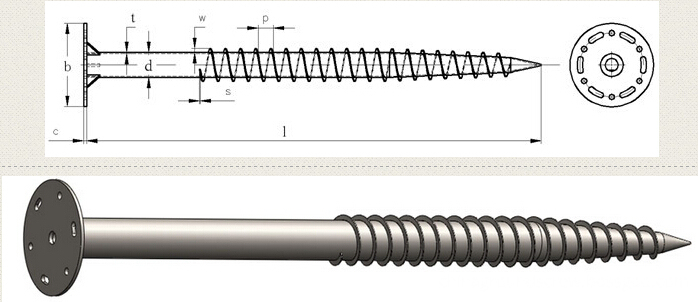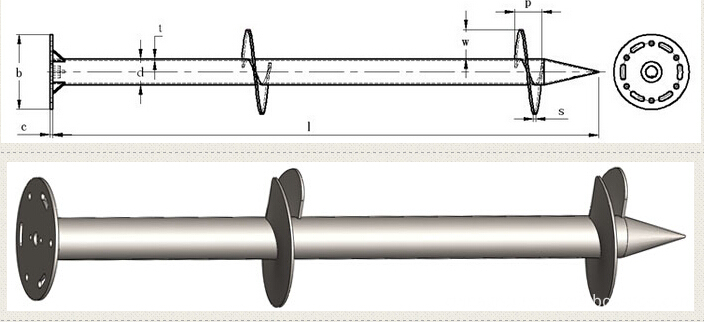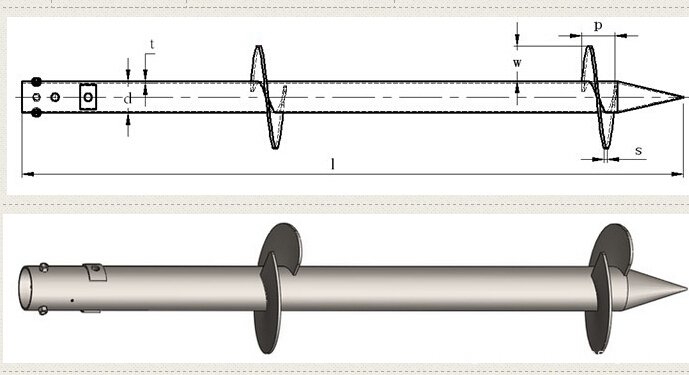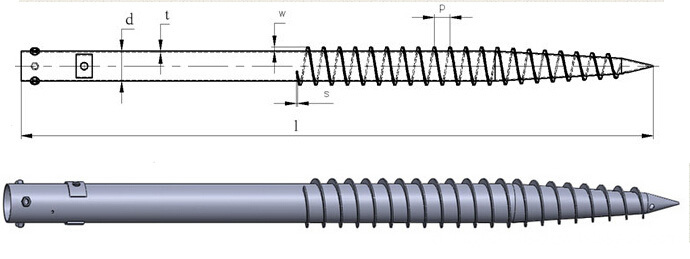At present, the proportion of digital power technology is gradually increasing in the entire market. However, as more and more system developers adopt this technology, digital technology seems to be becoming a new trend in power system design.
Analog switching power supplies have been in use for decades. It is well known and has many excellent textbooks, simulation kits, application notes and seminars. There are also a large number of low-cost integrated circuits from a wide range of vendors that package many functions, from integrated gate drivers and switches to current sensing and protection.
Digital control has features that the analog world does not have, which makes switching power supply designs have features that have not been possible to date. Think of a power supply manufacturer with many different power levels. A digital control solution allows a single processor to work with separate custom software to meet the needs of each power stage. In large-scale production, the scale of the economy produced will be enormous.
Analog technology + DSP / MCU has become the main trend, the application of the program to the consumer field penetration of higher integration, faster transient response and greater flexibility is the main advantage of digital power. In general, the analog PWM architecture can provide higher resolution, but the output voltage monitoring, communication, and other complex control functions of the digital control architecture cannot be realized. For digital PWM, in order to achieve the same performance specifications as the analog control architecture, With high resolution, high speed and linear ADCs, as well as high resolution, high speed PWM circuitry, the cost of digital control architectures will increase dramatically compared to analog control architectures. Taking into account the advantages of both, Maxim's Ashrafzadeh believes that the best solution is to combine analog PWM with digital circuits to provide all the performance of digital control without sacrificing the precision and infinite resolution of analog control. .
Comparison of advantages of digital power supply VS analog power supply
Digital switching power supply is proposed to overcome the complexity of modern power supply. It realizes the integration of digital and analog technology, provides strong adaptability and flexibility, and has the ability to directly monitor, process and adapt to system conditions. Meet almost any power requirement. Digital power supplies can also be remotely diagnosed to ensure continuous system reliability for fault management, overvoltage (flow) protection, and automatic redundancy. Due to the high degree of integration of digital power supplies, the complexity of the system does not increase too much with the increase of functions, and there are few peripheral devices (the fast response capability of the digital power supply can also reduce the requirements on the output filter capacitor), reducing the board area. , simplifies the design and manufacturing process. At the same time, the ability to automatically diagnose and adjust digital power supplies makes commissioning and maintenance easier. The advantages of digital power compared to analog power are mainly reflected in the following aspects:
(1) It is convenient for high integration. Since the digital circuit adopts binary, its code symbol has two kinds of 0 and l. Therefore, as long as there is a different state in the digital 1 circuit, it can represent 0 and 1, respectively, so the basic of digital circuit The unit is very simple, and the requirements on the components are not strict, allowing the circuit parameters to have a large dispersion, which is advantageous for integrating a large number of basic units on the same silicon wafer for mass production.
(2) The work is accurate and reliable, and the anti-interference ability is strong. The digital signal is 1 and 0 to represent the signal, and the digital circuit can easily determine the presence or absence of the signal, thereby greatly improving the operational reliability of the circuit. At the same time, the digital signal is not susceptible to noise interference, so its anti-interference ability is extremely strong.
(3) Digital information is convenient for long-term preservation. Digital information can be stored for a long time with some kind of media (disk, CD, etc.).
(4) Digital integrated circuit products are numerous, versatile and low in cost.
(5) The confidentiality is good, and the digital information is easy to be encrypted and is not easily stolen.
(6) It is not possible to complete numerical operations, but also logical operations and judgments, which are indispensable in the control system.
The digital power management chip is easy to perform multi-phase parallel application under multi-phase and synchronous signals. It has excellent scalability and repeatability, easily achieves load sharing, reduces EMI, and simplifies the design of the filter circuit. The flexible nature of digital control combines power supplies into a series or parallel model to form a virtual power source. Moreover, the intelligent power of the digital power supply ensures optimum power conversion efficiency at various input voltages and load points.
Relative to analog control technology, the unique advantages of digital technology include online programmability, more advanced control algorithms, better efficiency optimization, higher operational accuracy and reliability, and excellent system management and interconnect capabilities. The digital power supply does not have the common errors, aging (including the accuracy of the analog device), temperature effects, drift, compensation, etc. in the analog power supply. No tuning or reliability is required, and consistent and stable control parameters can be obtained. The operational characteristics of the digital power supply make it easier to implement advanced control algorithms such as nonlinear control (which improves the transient response of the power supply) and multi-loop control; updating the firmware to implement new topologies and control algorithms, and changing power supply parameters There is no need to change the components on the board.
Digital control also allows hardware platforms to be reused, and different firmware requirements can be met to meet the unique requirements of various end systems, speeding time-to-market and reducing development costs, component inventory and risk.
The determinant of digital power to replace analog power
Digital control solves problems because it has better performance than analog control, is more flexible, and is easier to use in complex designs. However, the six aspects summarized below are the main factors that determine the replacement of analog power supplies by digital power supplies.
(1) Transient response: The control mechanism greatly affects the transient response of the system. For example, the hysteresis controller's transient response can be quite different compared to current mode. Each control mode has both advantages and disadvantages. Digital solutions allow you to seamlessly transition from one mode to another to provide optimal transient response. While analog solutions can provide a good point solution, there is very little static work that allows you to implement the point solution you envision.
(2) Adjustment accuracy: Generally speaking, the adjustment accuracy is defined according to the line voltage, load and temperature, because each of these conditions affects the adjustment accuracy. The digital controller can monitor these conditions and take control measures to optimize them over the entire operating range.
(3) Stability: Digital control can provide better compensation than the analog solution (better call poles and zeros), so the stability control is much better. In addition, the compensation can be varied as conditions change, allowing the system to achieve optimal stability over a wide range of conditions. The compensation of the analog controller is fixed, while the digital control provides adjustable or even adaptive compensation.
(4) Fault response: The digital power controller provides a large number of options for fault response. Each fault has a unique response characteristic that can be adjusted to the needs of the user. Analog controllers typically have only one fixed fault response (such as power down/interrupt/overload) and the user can only choose to use or not. Digital control also provides filter functionality to reduce the possibility of spurious faults.
(5) Efficiency: Many control results affect efficiency, including dead time, switching frequency, gate drive level, diode simulation, phase addition and missing. In response to these factors, the digital control algorithms provided by current digital controls are optimized over the entire range of operating conditions. Therefore, at a certain working point, you may be able to adjust the analog controller to a high efficiency, but the digital controller can optimize all working points.
(6) Reliability: Reducing the number of components and lowering the operating temperature (optimized by efficiency) are two ways for digital power to improve system reliability. In addition, flexible fault response and the ability to detect small changes in component parameters can significantly reduce downtime.
In general, for most simple designs and basic requirements, digital control may be a bit overkill. Of course, digital power control is flexible enough to handle these simple applications, and its functionality may exceed actual needs. Therefore, digital controllers are clearly a popular solution.
In addition, digital power control is generally more integrated than analog controllers. However, integration is not sufficient for design reuse and flexibility; however, digital power controllers are suitable for a wide variety of applications without the need for additional circuitry. In this sense, the flexibility of this technology is far superior to traditional analog technology.
Solar Energy Mounting Ground Screw Pile with N series and F series mainly .N Series Ground Screw with 3pcs,4pcs or 6pcs nut and reinforced plate to assemble ,F Series Ground Screw with flange to assemble solar brackets .
There are two kinds of N series Ground Screw mainly ,with 1 or 2 or 3pcs big blade ,and with Nuts and reinforced plates,another kind of ground screw with continuous small blades .F series ground screw with round,hexagon ,triangle or square flanges .with big blade or continuous blade .
Ground Screw Pile for solar energy mounting system with many advantage : no-digging,no waste time ,lower cost,protect environment,easy install .



Solar Energy Mounting Ground Screw Pile
Solar Energy Mounting Ground Screw System,Ground Screw Pile Foundation for Solar,10Kw PV Panel Mounting System,Ground Screw Solar Rack System
BAODING JIMAOTONG IMPORT AND EXPORT CO., LTD , https://www.chinagroundscrew.com